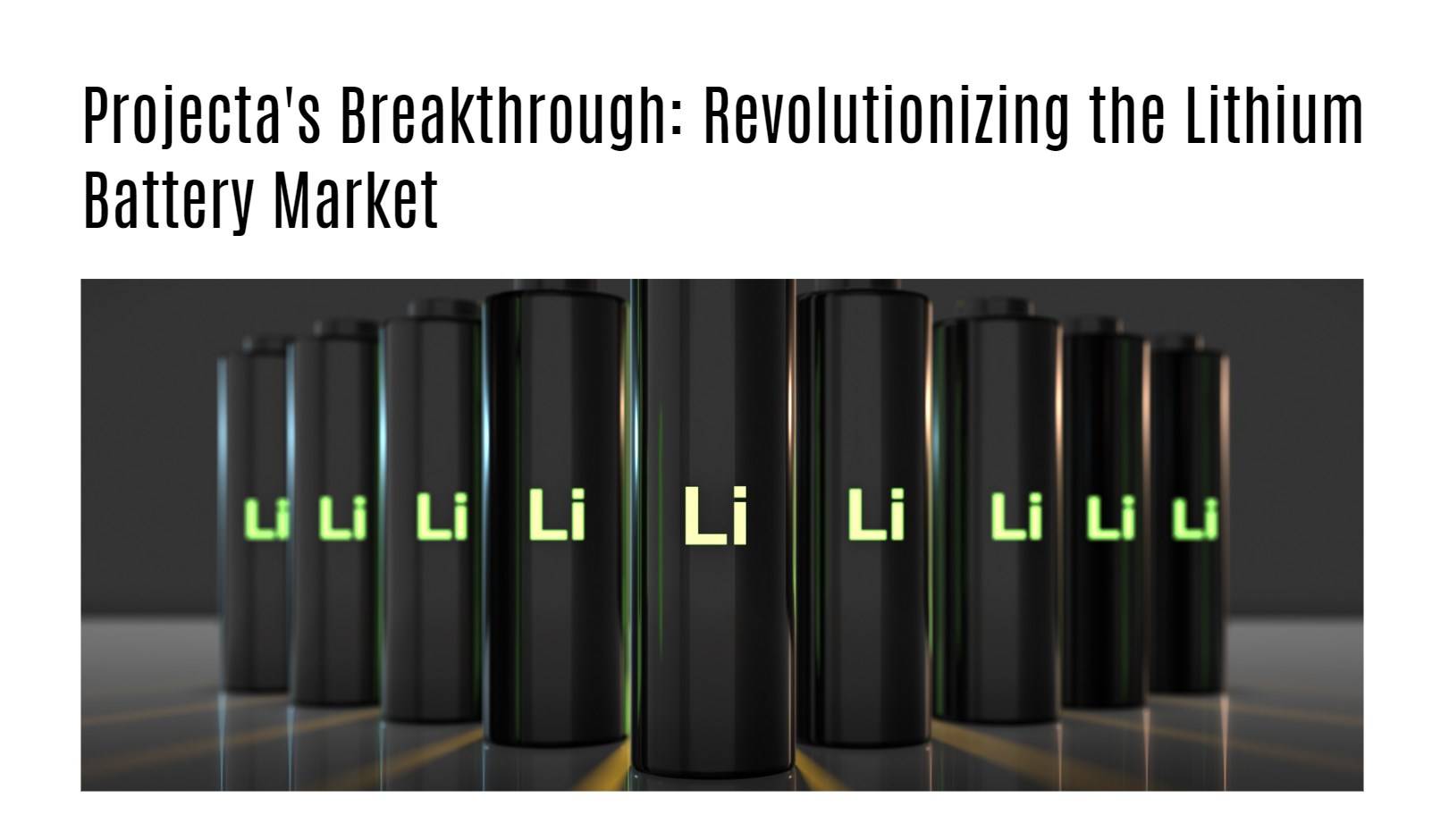In recent strides towards enhancing energy storage solutions, researchers from South Korea and Canada have achieved a significant breakthrough in battery cathode technology. This innovation, led by the Korea Advanced Institute of Science and Technology (KAIST), Ulsan National Institute of Science and Technology (UNIST), and McGill University, promises to redefine the capabilities of lithium-ion batteries, making them both more efficient and cost-effective.
The Innovation: Manganese-Based Disordered Rock-Salts (DRX)
At the heart of this breakthrough lies the utilization of manganese-based disordered rock-salts (DRX) as a novel material for battery cathodes. Unlike conventional cathode materials that heavily rely on expensive nickel and cobalt minerals, often sourced from China, DRX cathodes offer a compelling alternative. Researchers have reported a remarkable 40% increase in energy density, signifying a substantial leap in the amount of electricity that can be stored relative to the battery’s mass or volume.
Advantages Over Traditional Cathode Technologies
The shift to DRX cathodes not only enhances performance metrics but also addresses critical economic and environmental concerns. By eliminating the need for costly materials in production, the technology has the potential to reduce battery costs by up to 20%. This reduction could play a pivotal role in accelerating the adoption of electric vehicles (EVs) by making clean energy solutions more financially accessible.
Pathway to Commercialization and Scalability
Despite these advancements, challenges remain on the path to commercialization. Researchers are actively refining the DRX composition, incorporating multiwalled nanotubes to mitigate degradation issues and ensure long-term reliability. This ongoing research underscores the commitment to optimizing DRX technology for widespread scalability and application in diverse energy storage solutions.
Environmental Impact and Sustainability
The implications of DRX technology extend beyond economic benefits to profound environmental advantages. With each EV adoption replacing traditional combustion engines, significant reductions in air pollution — up to 10,000 pounds per vehicle annually — can be achieved. Such reductions not only improve air quality but also mitigate the risk of extreme weather events linked to climate change, as highlighted by NASA.
Future Outlook and Global Significance
Looking ahead, the development of DRX cathodes represents a pivotal step towards realizing cleaner and more sustainable energy solutions on a global scale. By reducing reliance on scarce and geopolitically sensitive materials, DRX technology not only enhances energy security but also strengthens global competitiveness in the EV market.
In conclusion, the development of DRX cathodes marks a critical milestone in advancing lithium-ion battery technology. By overcoming conventional limitations and paving the way for more sustainable energy storage solutions, researchers have laid a foundation for a cleaner and more resilient energy future. As global efforts intensify towards mitigating climate change and enhancing energy efficiency, innovations like DRX cathodes are set to play an instrumental role in shaping the next generation of battery technologies.
For further insights and updates on cutting-edge innovations in energy storage, subscribe to our newsletter and join us in driving positive change for our planet and future generations.



